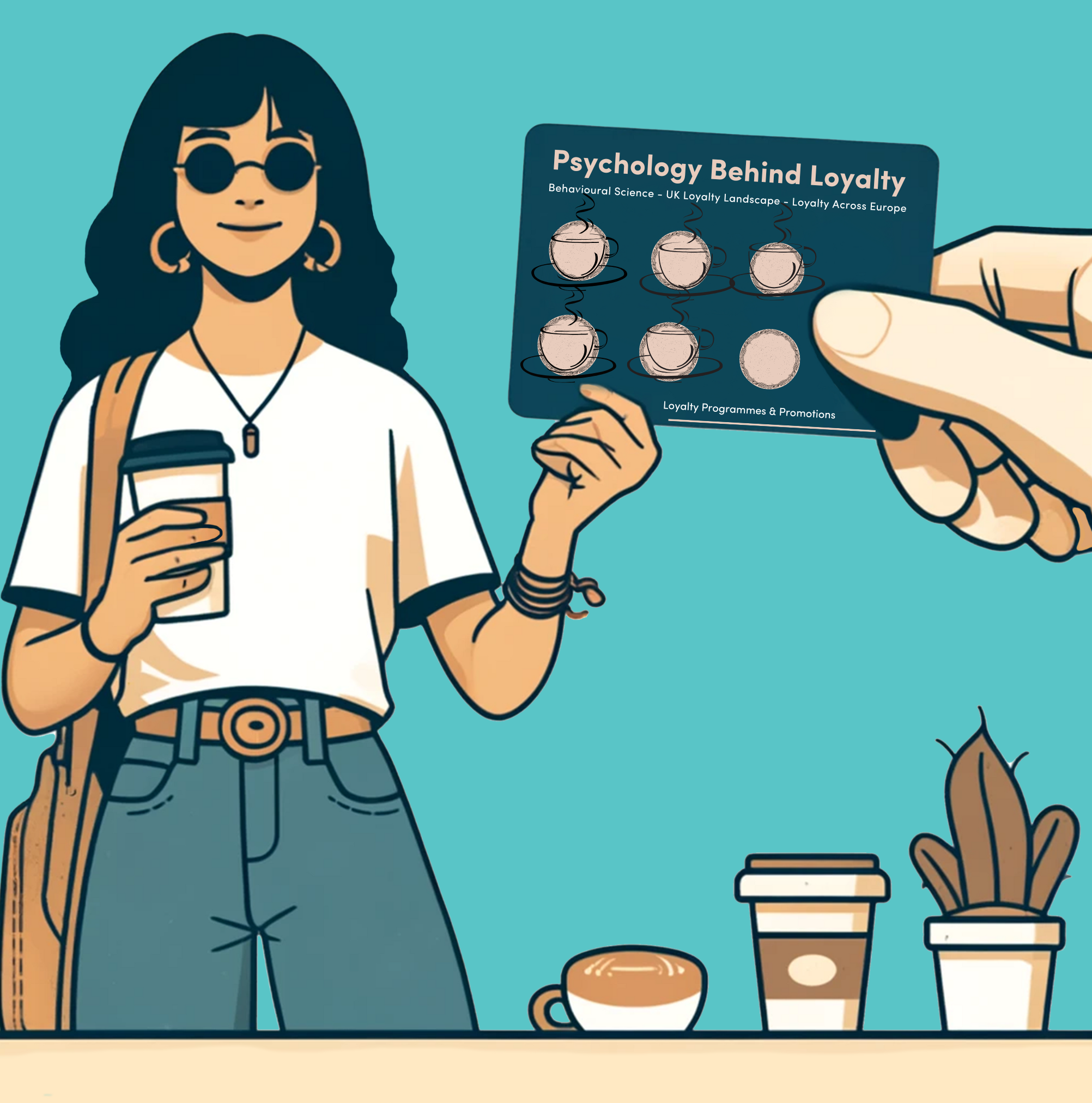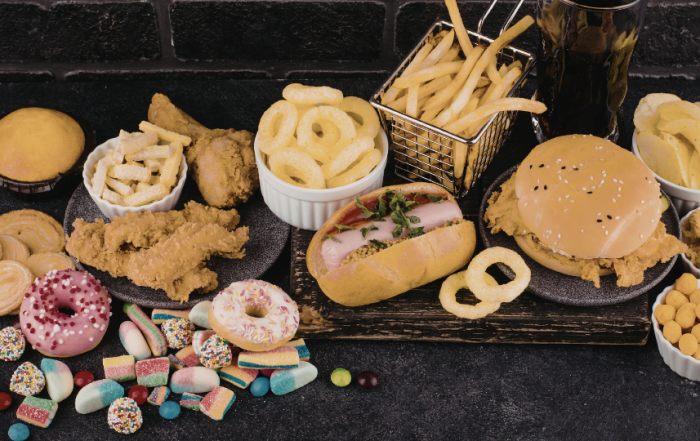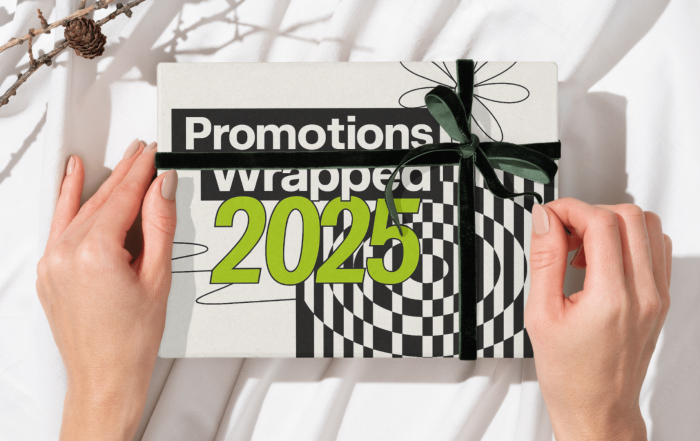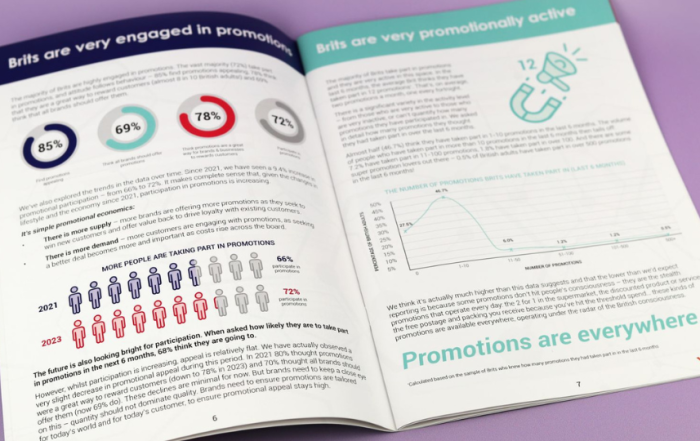To unpack the loyalty revolution, not just in the UK but across 24 countries in Europe, the Institute of Promotional Marketing (IPM) recently hosted an exciting webinar featuring experts from Mando, YouGov, and Ogilvy. This session examined two essential industry white papers starting with “What the British Want from Loyalty Programmes 4.0,” released in March 2024. This industry publication unearths British attitudes towards loyalty programs, revealing what Brits want and feel about these programs and their impact. The second paper, “Understanding Loyalty in Europe 2.0,” offers a broader overview of why loyalty perceptions vary significantly across countries like Poland, France, Norway, Spain, and Italy, providing fantastic case studies for inspiration. But before exploring these evolutionary whitepapers, let’s uncover the importance of behavioural science in creating and analysing loyalty programmes with insights from Madeleine Croucher of Ogilvy Consulting.


Psychology Behind Loyalty – Insights from UK and Europe
To unpack the loyalty revolution, not just in the UK but across 24 countries in Europe, the Institute of Promotional Marketing (IPM) recently hosted an exciting webinar featuring experts from Mando, YouGov, and Ogilvy. This session examined two essential industry white papers starting with “What the British Want from Loyalty Programmes 4.0,” released in March 2024. This industry publication unearths British attitudes towards loyalty programs, revealing what Brits want and feel about these programs and their impact. The second paper, “Understanding Loyalty in Europe 2.0,” offers a broader overview of why loyalty perceptions vary significantly across countries like Poland, France, Norway, Spain, and Italy, providing fantastic case studies for inspiration. But before exploring these evolutionary whitepapers, let’s uncover the importance of behavioural science in creating and analysing loyalty programmes with insights from Madeleine Croucher of Ogilvy Consulting.

The psychological principles that make loyalty programs effective are deeply rooted in behavioural science, which helps marketers influence the subconscious part of the brain. According to Croucher, 95% of our decision making happens outside of our conscious awareness in a way that’s fast and automatic. By leveraging concepts such as the goal gradient effect, variable reinforcement, and appealing to consumers’ sense of self or ego, marketers can design programs that drive deeper engagement and loyalty. For example, pre-filling the first two stamps on a loyalty card can make consumers feel like they’re closer to reaching that end goal, already one step into the journey, and motivated to continue the behaviour. Beyond tangible rewards, loyalty programs can offer psychological rewards, like boosting self-esteem, providing a sense of status, and creating a shared social identity. Programs like Harley-Davidson’s HOG (Harley Owners Group) illustrate the power of promoting a lifestyle, not just a product, to foster community and brand loyalty.
The psychological principles that make loyalty programs effective are deeply rooted in behavioural science, which helps marketers influence the subconscious part of the brain. According to Croucher, 95% of our decision making happens outside of our conscious awareness in a way that’s fast and automatic. By leveraging concepts such as the goal gradient effect, variable reinforcement, and appealing to consumers’ sense of self or ego, marketers can design programs that drive deeper engagement and loyalty. For example, pre-filling the first two stamps on a loyalty card can make consumers feel like they’re closer to reaching that end goal, already one step into the journey, and motivated to continue the behaviour. Beyond tangible rewards, loyalty programs can offer psychological rewards, like boosting self-esteem, providing a sense of status, and creating a shared social identity. Programs like Harley-Davidson’s HOG (Harley Owners Group) illustrate the power of promoting a lifestyle, not just a product, to foster community and brand loyalty.
Dylan Alderson, Senior Account Manager at YouGov, announces that membership and activity levels have significantly increased in the past two years, with 97% of respondents finding at least one loyalty program appealing and 79% of British consumers now being members of at least one program, a sharp increase from 70% in 2022. The cost-of-living crisis has made loyalty programs a savvy way for consumers to save money, with financial incentives like discounts and treats being the most valued. Experiential rewards such as exclusive events and personalized offers are also trending, while the most popular programs include Tesco Clubcard, Nectar, Boots Advantage Card and Amazon Prime. James Davies, Senior Strategist & Analyst at Mando, reveals that, on average, people are now members of six loyalty programs, up from four programs just two years ago. This increase in membership highlights the growing engagement of programs across various sectors, including supermarkets, retailers, pharmacies, mobile providers and more.
Dylan Alderson, Senior Account Manager at YouGov, announces that membership and activity levels have significantly increased in the past two years, with 97% of respondents finding at least one loyalty program appealing and 79% of British consumers now being members of at least one program, a sharp increase from 70% in 2022. The cost-of-living crisis has made loyalty programs a savvy way for consumers to save money, with financial incentives like discounts and treats being the most valued. Experiential rewards such as exclusive events and personalized offers are also trending, while the most popular programs include Tesco Clubcard, Nectar, Boots Advantage Card and Amazon Prime. James Davies, Senior Strategist & Analyst at Mando, reveals that, on average, people are now members of six loyalty programs, up from four programs just two years ago. This increase in membership highlights the growing engagement of programs across various sectors, including supermarkets, retailers, pharmacies, mobile providers and more.
However, while it’s tempting to view Europe as a monolithic market, the data shows substantial variation. For instance, countries like Denmark, the Netherlands, and Turkey exhibit more hesitation, with only about a third of consumers viewing loyalty programs positively, indicating a need for brands to work harder to demonstrate their value. In contrast, Norway shows double-digit growth in loyalty program participation, while some markets like Bulgaria, Belgium, and Turkey saw modest declines. These findings highlight the importance of tailoring strategies based on market-specific challenges and appeal.
However, while it’s tempting to view Europe as a monolithic market, the data shows substantial variation. For instance, countries like Denmark, the Netherlands, and Turkey exhibit more hesitation, with only about a third of consumers viewing loyalty programs positively, indicating a need for brands to work harder to demonstrate their value. In contrast, Norway shows double-digit growth in loyalty program participation, while some markets like Bulgaria, Belgium, and Turkey saw modest declines. These findings highlight the importance of tailoring strategies based on market-specific challenges and appeal.
News
HFSS Advertising Regulations: What Marketers Need to Know
HFSS regulations have entered a new phase. This article breaks down what the latest rules mean for marketers, where the key risks sit, and how IPM tools and legal support can help.
Promotions Wrapped! Playing Back the Biggest Trends of 2025
From Superman on The Shard to ‘AI slop’, see what cut through in 2025...
What Do Brits Want from Promotions in 2026
Get ready to unpack the promotional marketing landscape for 2026 as Mando, YouGov and the IPM prepare to launch What Brits Want from Promotions 3.0...
News
HFSS Advertising Regulations: What Marketers Need to Know
HFSS regulations have entered a new phase. This article breaks down what the latest rules mean for marketers, where the key risks sit, and how IPM tools and legal support can help.
Promotions Wrapped! Playing Back the Biggest Trends of 2025
From Superman on The Shard to ‘AI slop’, see what cut through in 2025...
What Do Brits Want from Promotions in 2026
Get ready to unpack the promotional marketing landscape for 2026 as Mando, YouGov and the IPM prepare to launch What Brits Want from Promotions 3.0...






